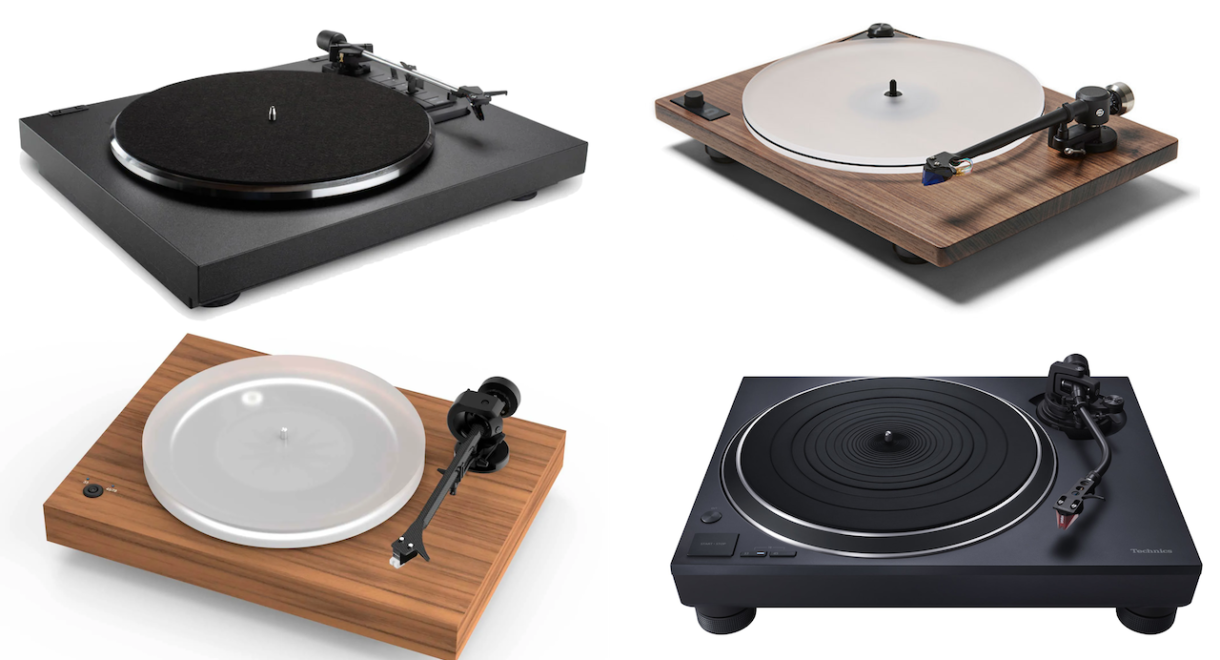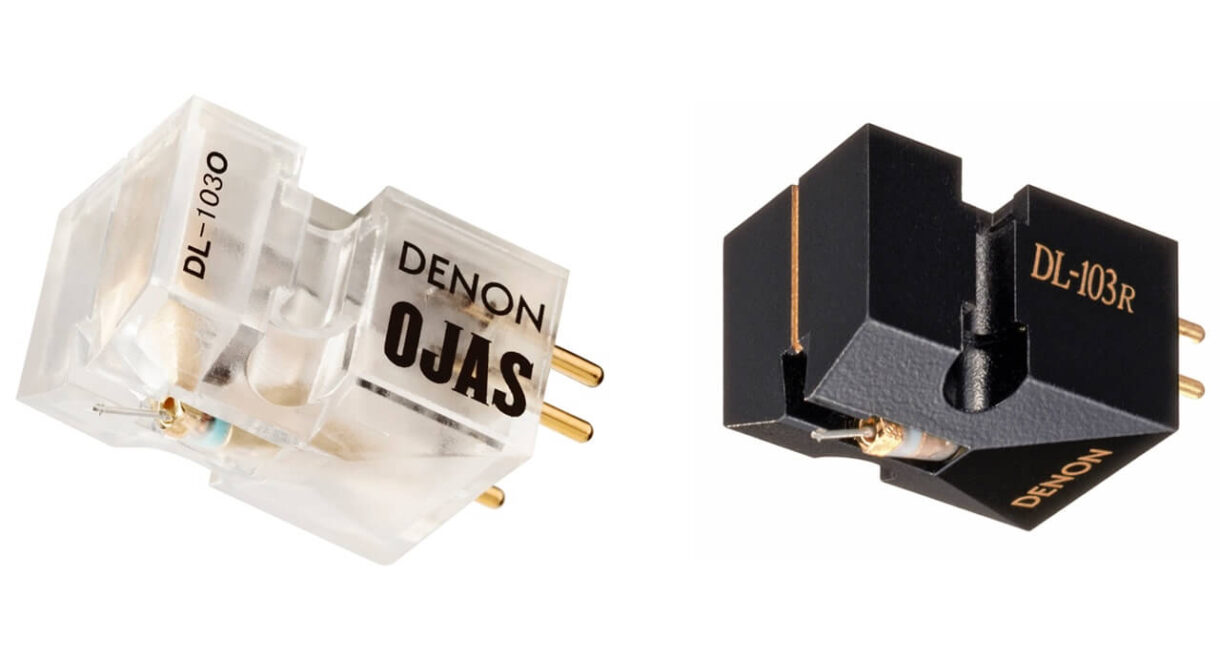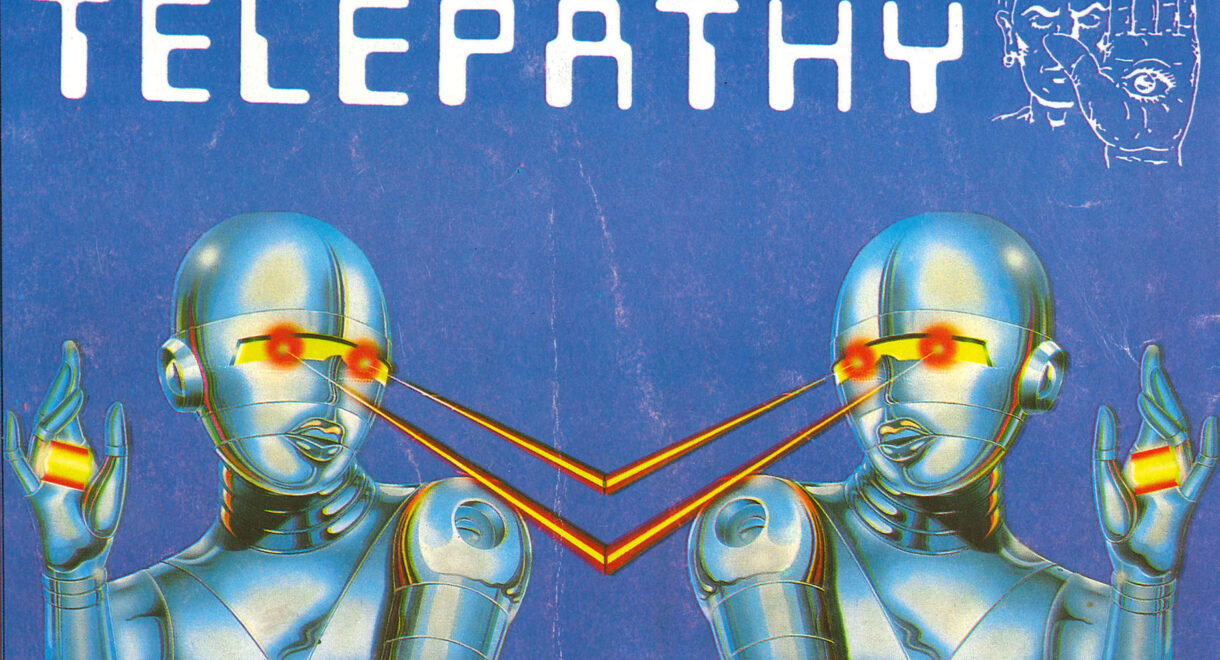Looking for your first high-end audiophile turntable but don’t want to spend more than $2,000 for something that will be your deck for many years to come? Are […]
Audio Note UK’s Quest: Perfect Sound Forever
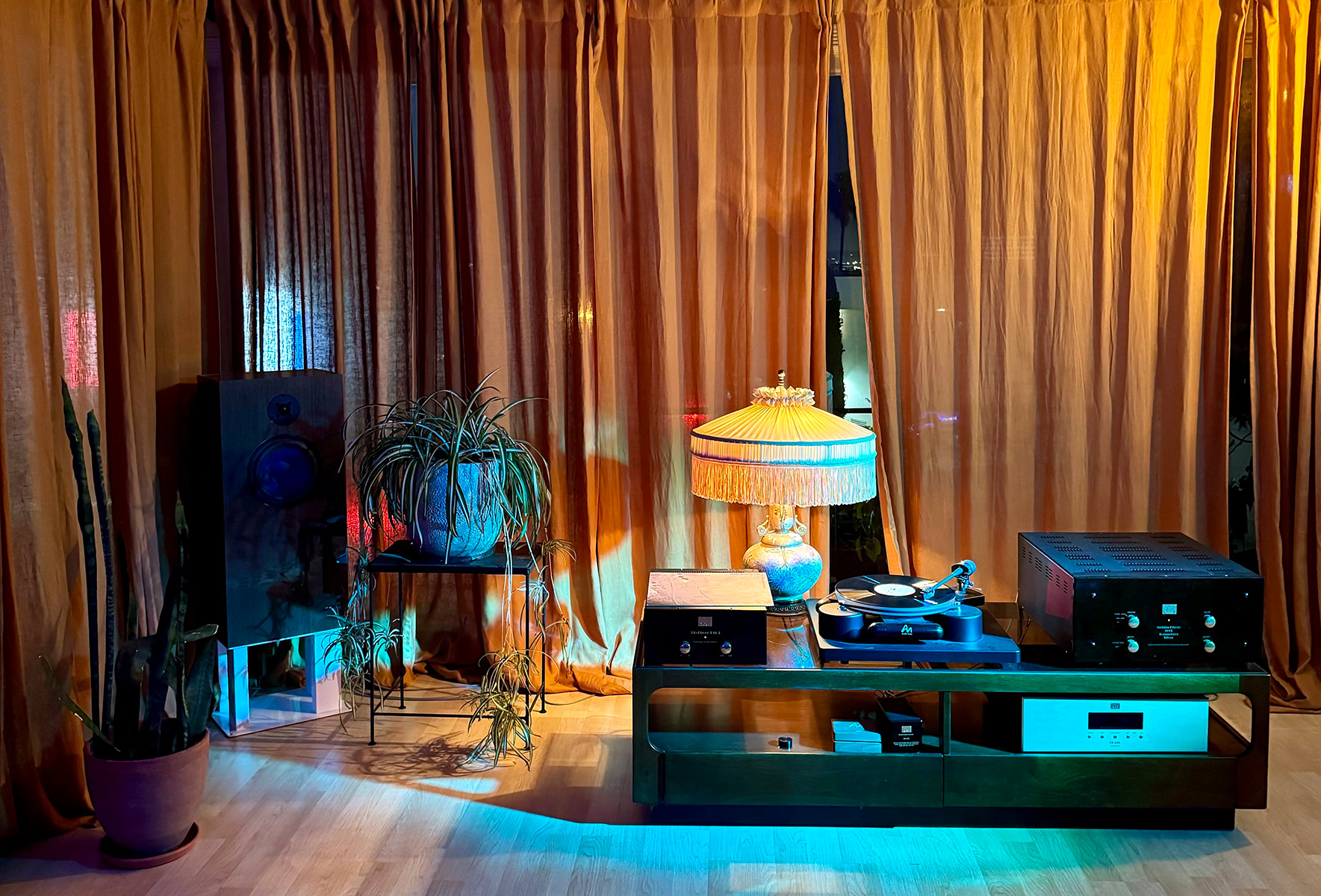
We’ve set up an Audio Note system in Hollywood and recently interviewed company founder Peter Qvortrup.
Here’s Peter Qvortrup, founder of the respected British gear manufacturer Audio Note, discussing his company’s overarching approach to quality: “I think seeking perfection is a very powerful motivator. I have this strong conviction that music is really very poorly served by the equipment people buy.”
When In Sheep’s Clothing first opened its Arts District doors in 2018, we were driven by similar conviction, one that pushed us to create an unparalleled listening experience in a comfortable room. One of our central components? Audio Note’s Jinro Shochu amplifier. The central aim has always been to create spaces, whether at our current Sound & Vision pop-up at ROW DTLA or our listening events around the city, where music obsessives can gather with friends and colleagues, listen deeply in a group setting on stellar equipment and appreciate the nuances of sound in a way that was both immersive and intimate. To bring this vision to life at our West Hollywood headquarters, we recently once again turned to Qvortrup and his Audio Note team.
Longtime friends of In Sheep’s Clothing, Audio Note UK have set up a special dedicated listening room at our headquarters in West Hollywood. Earlier this month, we hosted the first intimate night of deep listening to classic albums from the ISC collection and invited guests to bring selections of their own. This exquisite experience was (literally, and precisely) amplified by Audio Note, and this remarkable Audio Note system will remain in our listening room. Expect a future series of talks and sessions in the room. The space will also serve potential buyers interested in demoing the speakers.
To amplify the philosophy and passion behind the company, which was founded in 1991, we sat down with Qvortrup and his AN colleague Adrian Ford-Crush. Qvortrup shared insights on everything from the impact of the pandemic on music listening habits to the unique qualities of Audio Note’s products. His obsession with creating the ultimate listening experience is evident in every thought. The below transcript of our chat, which has been edited for length and clarity, touches on the nuances of high-fidelity sound, the evolution of audio technology and the future of immersive listening.

Randall Roberts: So I started really developing a sense of listening on a nice system during the pandemic, and I’m not alone. It allowed many people with the time and space to listen to — and hear — music in a different way. I’m wondering whether in your experience, there’s anything that separates this moment in time in the listening and hi-fidelity spheres and whether you feel like the pandemic changed anything for you?
Peter Qvortrup: The pandemic has been a major game changer in a number of areas. I mean, behavioral mental health has definitely been affected by it. We saw an enormous increase in orders towards the end of the lockdown period, where people were really sitting at home. They weren’t going on holiday. They were accumulating money in their bank accounts, and they were looking for something to spend it on. Quite a lot of them spent it on stereo equipment. So I think certainly the parts of the world where people were furloughed, and they sat at home and didn’t work for 8, 12, 16 weeks or however long, I think there was definitely a marked increase in both sales but also people spending time in front of their stereo equipment. I know for a fact that I’ve got a friend who’s got a big record store in London, and he said that their online sales literally exploded, they couldn’t get anywhere near what they were taking orders from.
RR: Has that continued? Or was that a blip?
PQ: It’s definitely tailed off. I mean, it’s funny because I sat and looked at the sales figures, and 2021 the sales of our products, the inflow of orders increased by well over 100%. And then it’s been dropping off. 2022 was a little bit worse, 2023 was a little bit worse, and 2024 is now beginning to look like it might be picking up again.
Adrian Ford-Crush: That’s kind of returning to trend.
PQ: I would say what’s probably happened is that people have moved forward purchases that they would have done in 2023. That creates this sort of blip in sales. But whether the younger generation has bought on the same basis, I don’t really know. What I do know is that I was at the London show this weekend. And there was a surprising number of people under 40s. And we went to AXPONA, and there was quite a reasonable number of young people there as well. That’s the big show. On the other hand, the Tampa show, I would say the average age was 75.
RR: The lines during Record Store Day in America are filled with Millennials and Gen Zers. So many young people buying records — and buying used records, interesting records. You would hope that means they’re aware that the best way to listen to that is with a system.
PQ: I agree with that. I think if you look at the 1950s, the people that were buying LPs in those days were the professional classes and people with money, i.e., people with a decent income. An LP in 1955 or 56 cost the same as a bus driver made in a week after tax. So you didn’t get a lot of bus drivers buying LPs every week because they couldn’t afford it. And if you take one of the more extreme examples, there was a set of records that came out in 1951 called Mozart Matins de Paris. It was released by a record company called The Discovery Fonset in France. That record cost the same as a surgeon made in a month, which also explains why they’re so rare now.
RR: Did you get your start listening to classical music?
PQ: My father listened to classical music as a child, and it sort of carries over from that when you grow up with it. Pretty much anything and everything. I mean, if you go on YouTube and Google my name or Audio Note, you’ll find quite a lot of stuff where we play heavy metal and thrash metal and psytrance and nightclub music and all sorts of other stuff. So you can pretty much do everything. But the percentage of the population that buys products like ours is relatively small.
And it’s not just the price issue. It’s also the fact that you have to have a very specific interest in music and collecting music. It has to be a sort of central part of your quality of life, if you will. And I think that’s always been the case. The people that can’t afford to buy these, they go on and learn to play the piano, or the guitar or whatever. Before Edison invented the recordings, all the great arias were sung by the gondoliers in Venice. And by the way, I don’t know whether you’ve ever been to Milan, to La Scala, the opera house there. But at the back of the hall, you can get in for not a lot of money. And that’s where the people that don’t have a high income, but like opera and classical music in general, can buy tickets. I think when I went there once, and it’s really tiring to stand there for a long opera, because you can’t sit down, but it was very democratic in the sense that they allowed the part of the population to go in and listen to these great pieces of music.
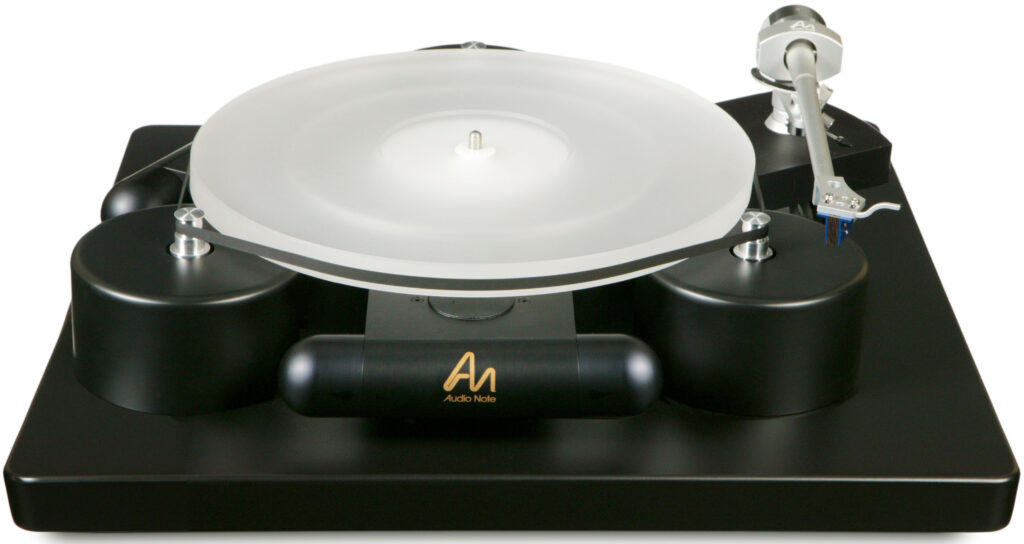
RR: I’m curious, your products are cost-prohibitive to many people. Like you’ve said, unless you’re willing to cut corners elsewhere and not go on vacation, it’s hard for many younger people to afford a high-quality system. Is that a business decision, or because quality gear is expensive to make?
PQ: No, I would love to make something cheaper. It’s just what I’ve discovered over the 45 years I’ve been doing this is that there is a lower limit, which is very difficult to break through. To make something that gives a fair representation of the software that you’re playing, it really cannot be made much cheaper than our lowest priced products. A basic CD player with an amplifier and a pair of speakers and some relatively inexpensive cables, you’re still looking at about $12,000. Of course, you can buy products that are made in Taiwan, or China, or wherever, but they don’t really represent the music very well. And it doesn’t mean that people shouldn’t buy them, it just means that there’s a limit to how you retain your interest in music. If the system doesn’t do a good job, you don’t spend as much time in front of the stereo equipment as you might want to under ideal circumstances.
RR: Can you talk about the systems that you’ve helped set up for In Sheep’s Clothing?
PQ: All of the equipment we make is tube-based. We don’t use any transistors in anything. So they’ve got an integrated amplifier called a Meishu. They’ve got our TT-3 turntable, which is a suspended three-motor turntable. It’s quite a striking design. They have a CD 4.1x player, and then they have AN-E speakers, which are our larger full-range speakers. A very nice system to get down.
RR: I’d like to read you a quote that you said one time. You said, “I started to realize probably 20 years ago that I can instantly recognize when I think something is better. And it’s very rare that I’m wrong.” Can you talk about the most recent audio-related experience that stands out to you?
PQ: We developed a speaker using electromagnets. So when I heard the first pair of those, which is a couple of years ago now, the very early prototypes, I mean, it was, you know, we talk about a Damascus Road experience kind of thing. And this was one a confirmation of what I hoped would happen, or what I hoped I’d hear. It was also revelatory in the sense that it was just so much better than what I had, which were more than twice the price of my system at home. And, you know, that kind of experience, I’ve had quite a few of those over the years. But we’ve spent a lot of time and money developing things with this specific target to make them do something that we hadn’t heard before. The deeper that persistence digs into the software, the more you hear of the actual original event, whether it’s a construction in a studio, or whether it’s a live event. In most cases, the live events have a little bit more, what do we say, interesting information in them. But it’s not always the case. There are studio recordings that do a very good job of this.
What’s particularly interesting is, for me at least, I started listening to a friend in Russia who did some very good transfers from 78s, mainly classical music. The sound of those as the equipment has gotten better over time, as we’ve improved the D to A converters and the CD transports and so on, what’s becoming obvious is that there is something in these recordings that we don’t get from modern recordings. There’s a kind of authenticity or life to the performance.
We are very obsessed. I can recommend a book that talks about this more generally, the science and so on. It’s called Voltaire’s Bastards. The subtitle is The Dictatorship of Reason in the West. We have this sort of idea in the West that with pure reasoning and logic, you can think something through and arrive at the right conclusion. Most of our societies are based on this idea, that if we think this through properly, we will end up with the right conclusion. One of the problems as a society that we have now is that this is clearly not working. You’ve been a journalist, so you should be more than familiar with this particular concept. But the 78 RPM records, one of the things we realized just before COVID was that when we use the 78 transfers on a CDR, it’s actually easier in many respects to hear the differences, whether something is better or worse, when you do a comparison.
I’ve been thinking about this a great deal over the last seven, eight years, after we started realizing that this was the case. The only couple of things I can really think about is in the 1930s, 1920s, 1910s, the 78 RPM transfers had a very short distance between the actual performance and laying down the software. To take an acoustic 78, there might be a couple of meters between the singer, the piano, or whatever it was you’re recording, and the needle that cuts the software. And yes, there are issues with coloration, noise, and so on. But there is something tangible sitting in these recordings that we don’t seem to be able to capture the same way with all our advanced technology and our microphones and our digital workstations and so on. And I will probably spend the rest of my days trying to figure out how to explain this.
RR: Yes.
PQ: I think one of my big takeaways with audio and the audio manufacturing industry as a whole is that they completely disregard the music that’s on 78s because it’s cosmetically aged, noisy, and there are bandwidth issues and some phase problems. But at the end of the day, 50, maybe 60% of the greatest classical performances sit on 78s.
RR: Right, right.
PQ: The same applies to jazz. And if you look at blues, for example, it’s even worse. It’s like 90% of the greatest blues sits on 78s. There are the recordings with Leadbelly and Blind Lemon Jefferson and all these old blues artists. All of that is on 78s.
RR: And Enrico Caruso’s stuff is on wax cylinder.
PQ: Some of it’s on wax cylinder. He died in 1921. I mean, I’ve got several things that he recorded during the First World War.
RR: I did a story on wax cylinder collectors and a wax cylinder repair person in Los Angeles. Amazing guy. He is a dentist actually. It’s a long story, but he’s a dentist who in his nighttime hours uses the same tools during his daytime hours to repair wax cylinders. He found that the same adhesives used for your teeth work really well on wax cylinders.
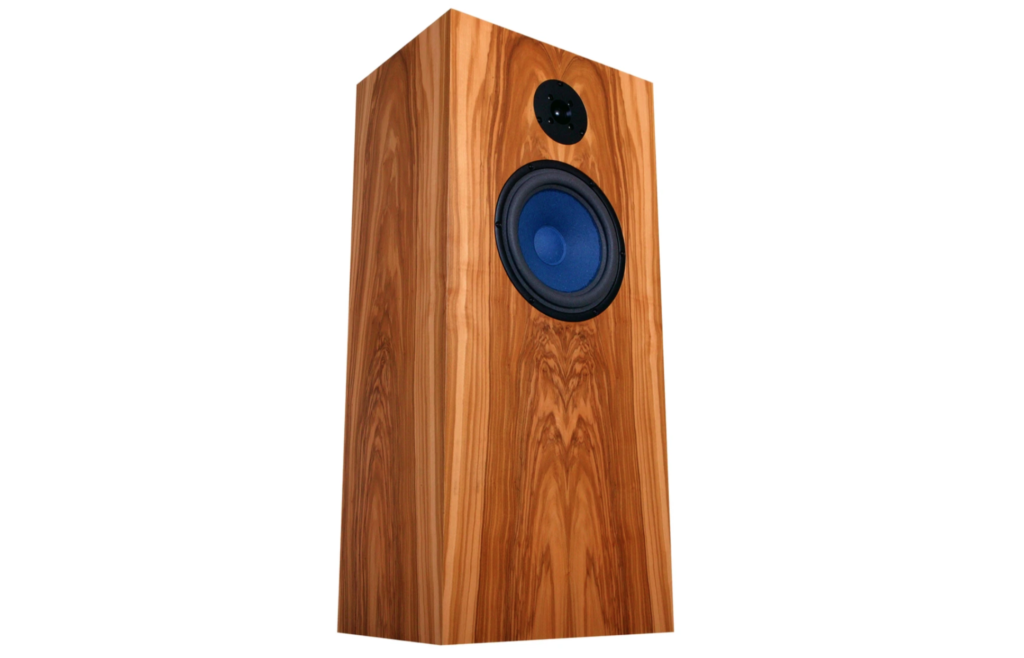
PQ: The problem with the wax cylinder is that they harden over time. Even if you can repair them, actually repairing them may not solve the problem. I saw a TV program with a talk show host, and he was showing… It wasn’t too long ago. He said something like, “This is the only known one.” And then he takes it and literally, I think he just grabbed it too hard, and it literally disintegrated.
One of the reasons why they went away from wax cylinders was that they were too fragile. They knew this already in the 1890s. This is how we ended up with the flat disc. And of course, a lot of people who write to me say, “Well, you know, replaying a flat disc is a lot more difficult because the distance that is traveled on the outside is much longer than on the inside and that means it’ll compress the data and it’ll do all sorts of things.” All of which is true. But I don’t think we would have anything like the catalog that we have available to us now if everything was on cylinders.
RR: More difficult to store too.
PQ: When Edison invented it, he didn’t do it to record music. They did it so someone would read a letter to somebody, and the secretary would then take a cylinder and type it. So you didn’t need stenographers to sit there and write. It was not done as a data file. The idea was never that it was supposed to record symphony orchestras.
RR: I could talk on and on about this topic. Can we jump ahead to the future? What’s your experience with the new formats like 3D immersive listening and spatial audio? Have you experienced that much? What are your thoughts?
PQ: It is nonsense, to be perfectly honest. It was tried already; quadrophonic recordings came out in the 1970s. One, they didn’t sound much good, and it was very difficult to get a cartridge to track them. And of course, we can solve that, which is an audio bug again. Why would you want to do that? And all this idea that it has to be immersive… immersive what? I can get very immersed sitting listening to an old recording of Debussy in my car on my way to my house in France. That immerses me perfectly. I don’t need… It’s all crap. Again, it’s a little bit like, there’s a boundary, I think, that they are constantly trying to bypass, and it really doesn’t do anything to the experience. It might make the engineers or developers very excited about it, and the idiots that sell it just as excited about it. But at the end of the day, there really isn’t much to get excited about. Well-recorded music reproduced on two speakers, that’s about as far as it goes. All of this other stuff is just marketing hype as far as I’m concerned. No, sorry to be a Luddite.
AFC: Oh, no, no, that’s my question.
PQ: I just don’t see it having any relevance at all to the musical experience.
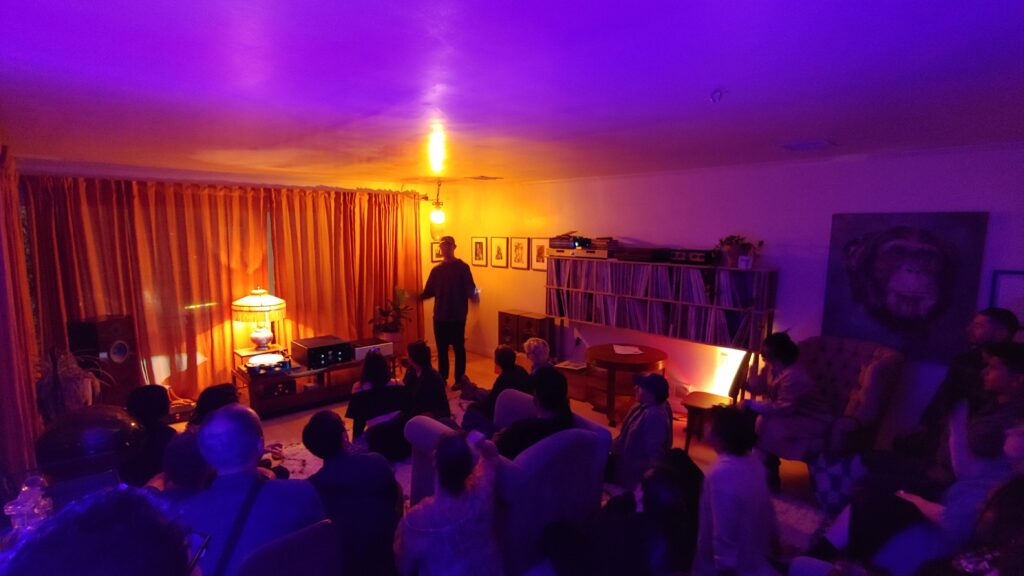
Note: For those interested in listening to the Audio Note system at our headquarters, send an email to [email protected]




